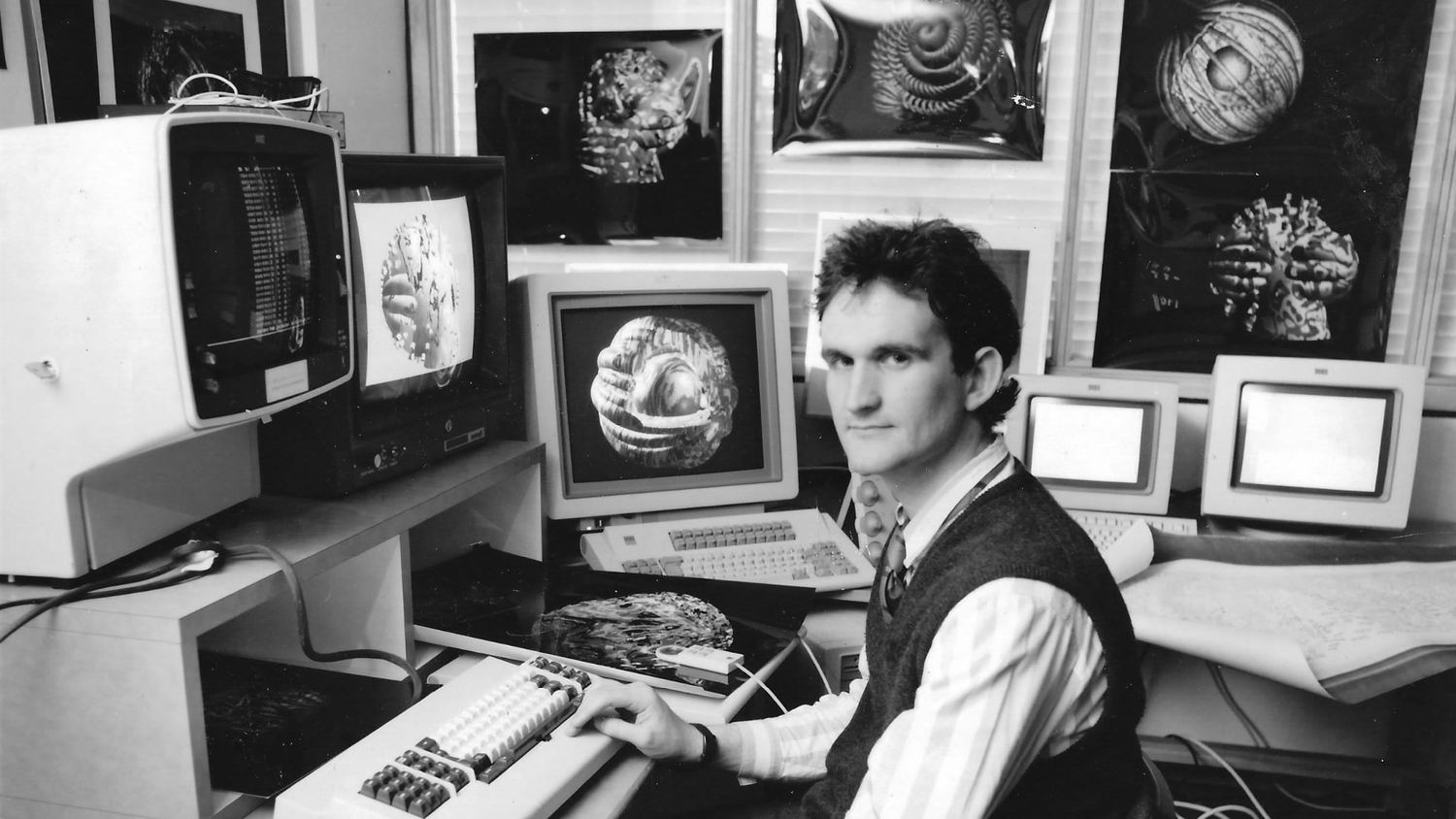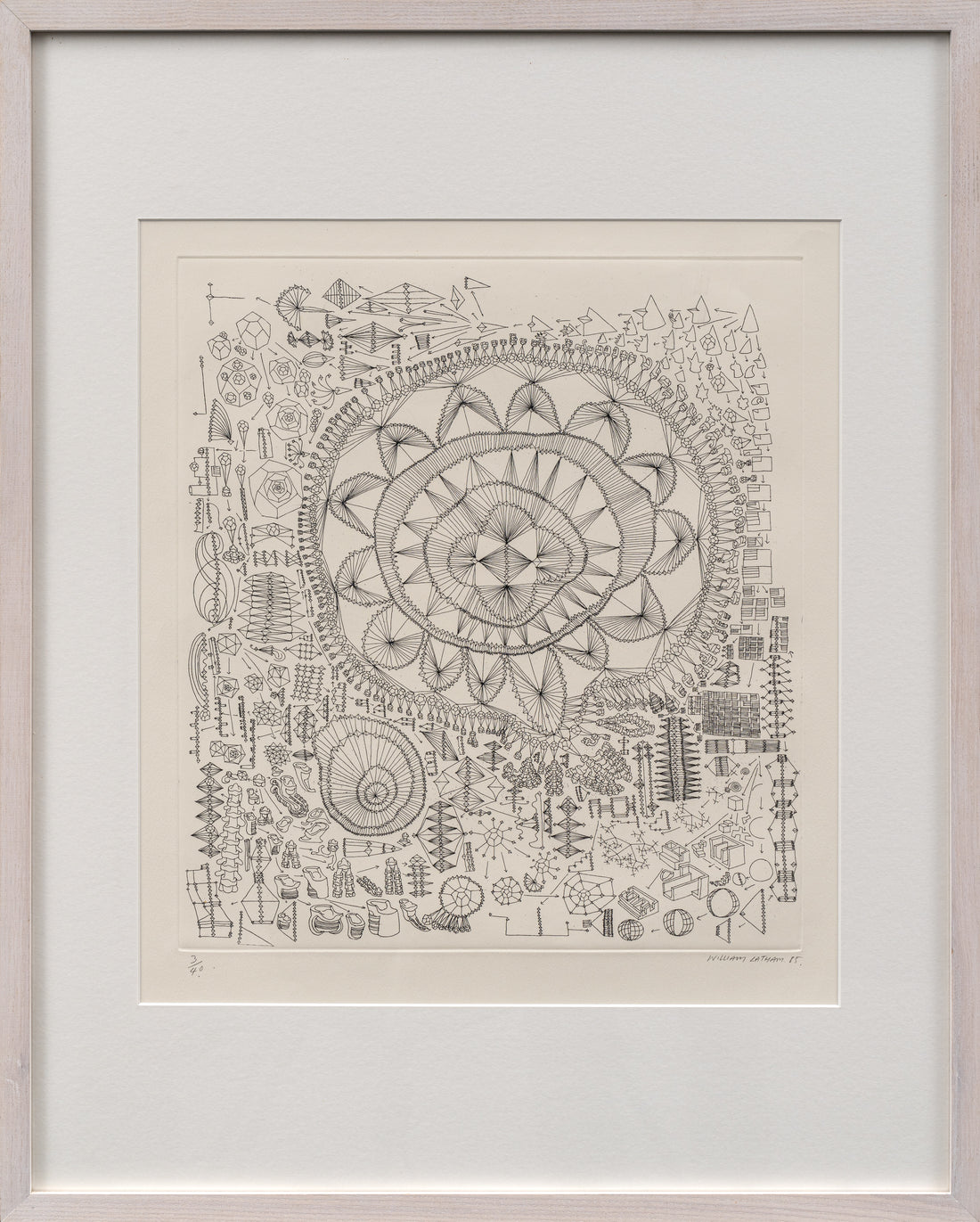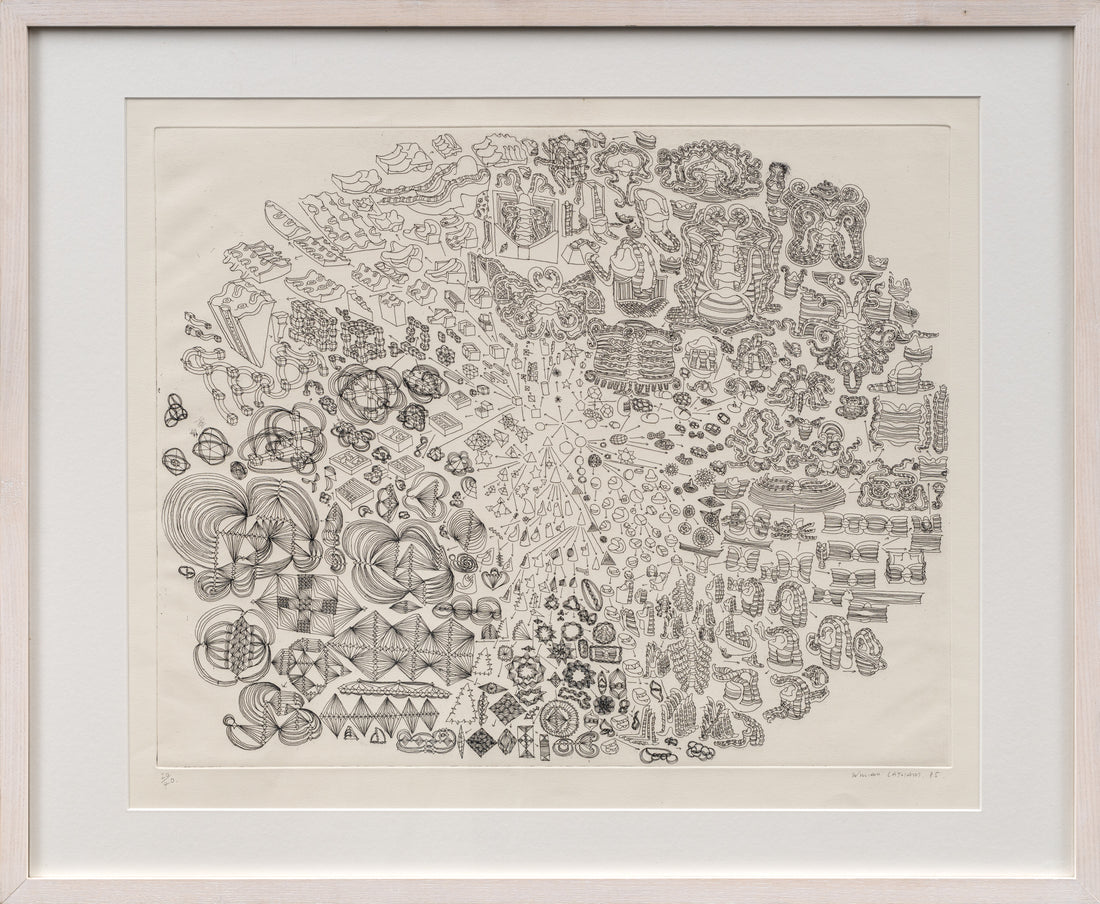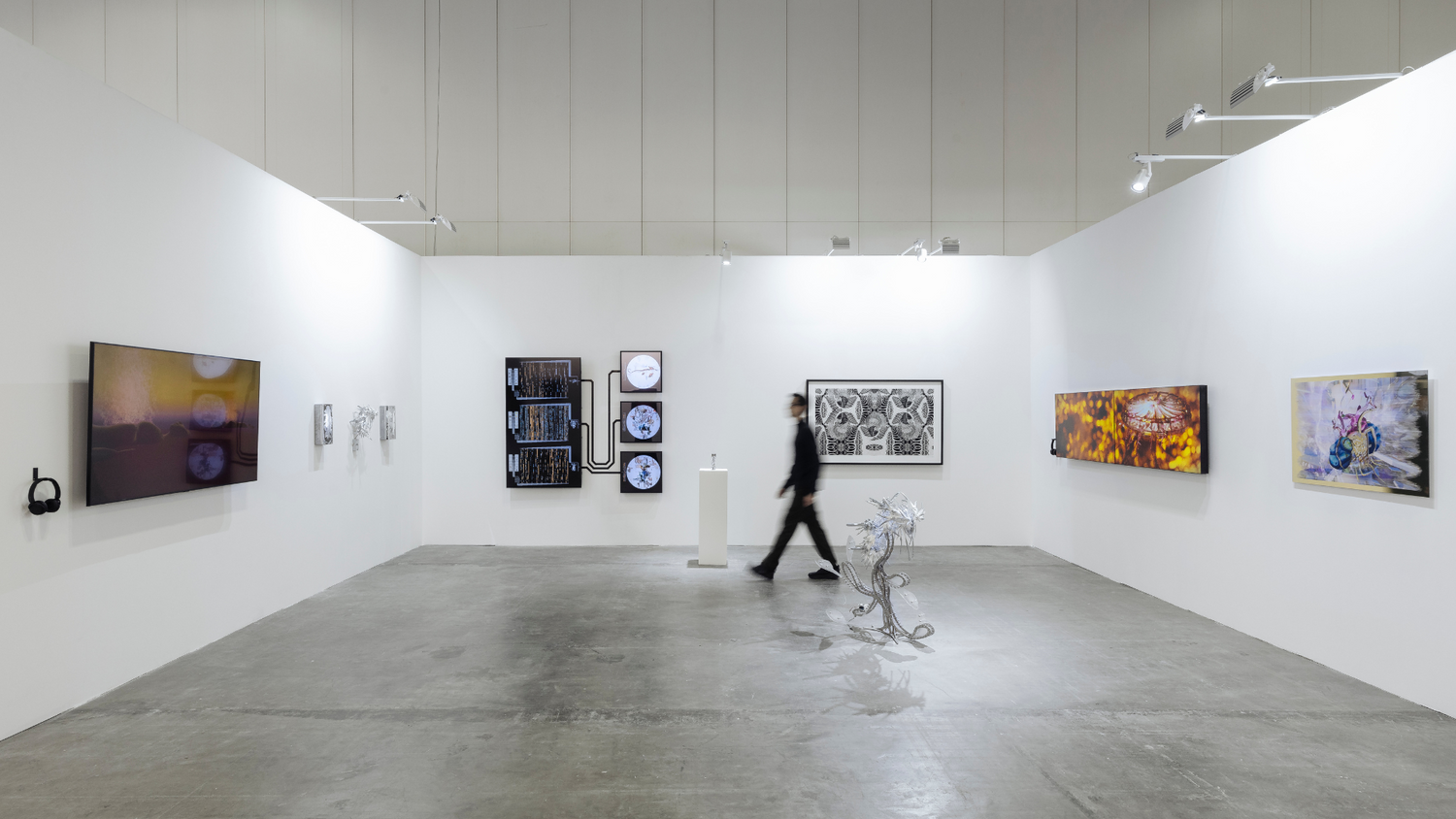
About William Latham
William Latham (b. 1961) is an artist whose pioneering work in computer-generated algorithmic art transformed the boundaries of digital creativity. While a Research Fellow at IBM in the late 1980s and early 1990s, Latham collaborated with mathematician and programmer Stephen Todd to develop the Mutator Evolutionary Art software, a landmark in the ‘artificial life’ branch of AI. Applying evolutionary processes to artmaking originated from Latham’s time as Henry Moore Scholar at the Royal College of Art in the early 1980s, during which he created his FormSynth drawings and etchings. From the mid-1990s Latham pursued projects in the Rave Music scene and developed video game projects, before in 2007 becoming Professor in Computer Art at Goldsmiths University, London. Here he restarted his collaboration with Stephen Todd, and together they resurrected and extended their old Mutator code and pushed the technology into VR, creating immersive experiences which have toured internationally. Most recently Latham has been developing a series of Infinity Mirror monochrome prints which could be described as ‘computer gothic’. Latham’s work is in the permanent collections of The Pompidou Centre, Paris; the Victoria & Albert Museum, London; The Gulbenkian Foundation, London, and The Henry Moore Institute, Leeds. Latham is the curator of the Creative Machine series of group exhibitions, with the most recent iteration opening at Taikang Museum Beijing in November 2024.
Works
-
Recursive Infinity Mutator
 Recursive Infinity Mutator
Recursive Infinity Mutator
2022/2024
Giclée print on Hahnemuhle Photo Rag 305 gsm mounted to 5mm KAPA Mount™, accompanied by an original digital file and ERC-721 token
- Regular price
-
$19,000.00 - Regular price
-
- Sale price
-
$19,000.00
-
Dynamic Plumes Infinity Mutator
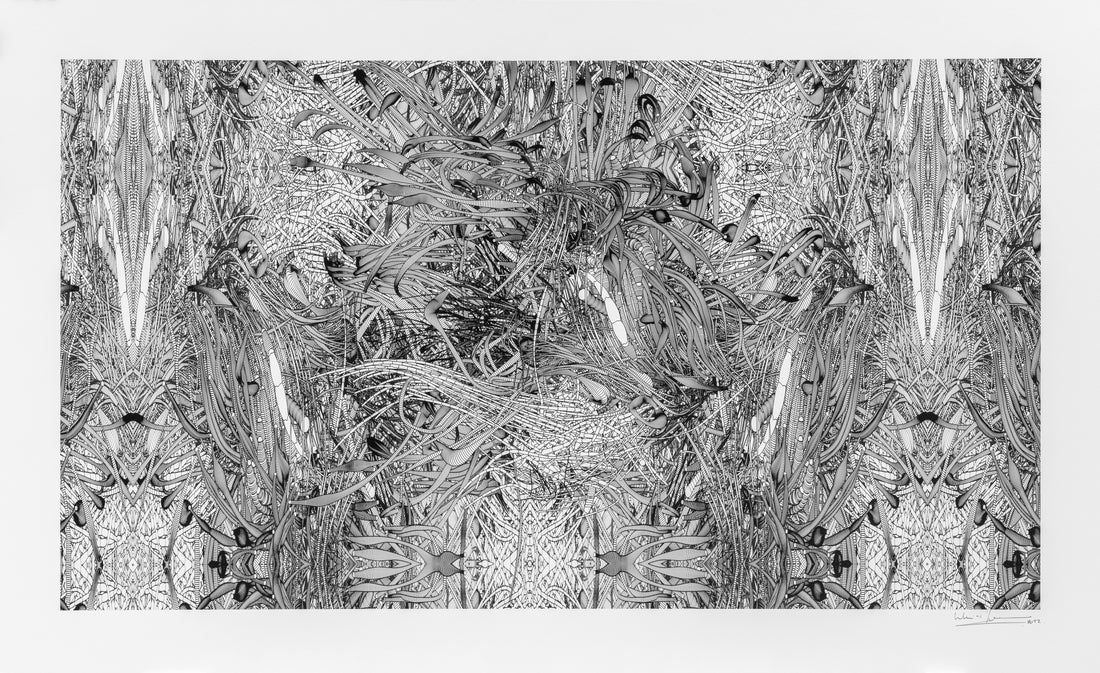 Dynamic Plumes Infinity Mutator
Dynamic Plumes Infinity Mutator
2022/2024
Giclée print on Hahnemuhle Photo Rag 305 gsm mounted to 5mm KAPA Mount™, accompanied by an original digital file and ERC-721 token
- Regular price
-
$19,000.00 - Regular price
-
- Sale price
-
$19,000.00
-
'Peculiar Marriages'
 'Peculiar Marriages'
'Peculiar Marriages'
1986
Etching on Paper
- Regular price
-
$20,000.00 - Regular price
-
- Sale price
-
$20,000.00
-
Mutator1. Zapx6red-13 (also known as The Second Listening Room)
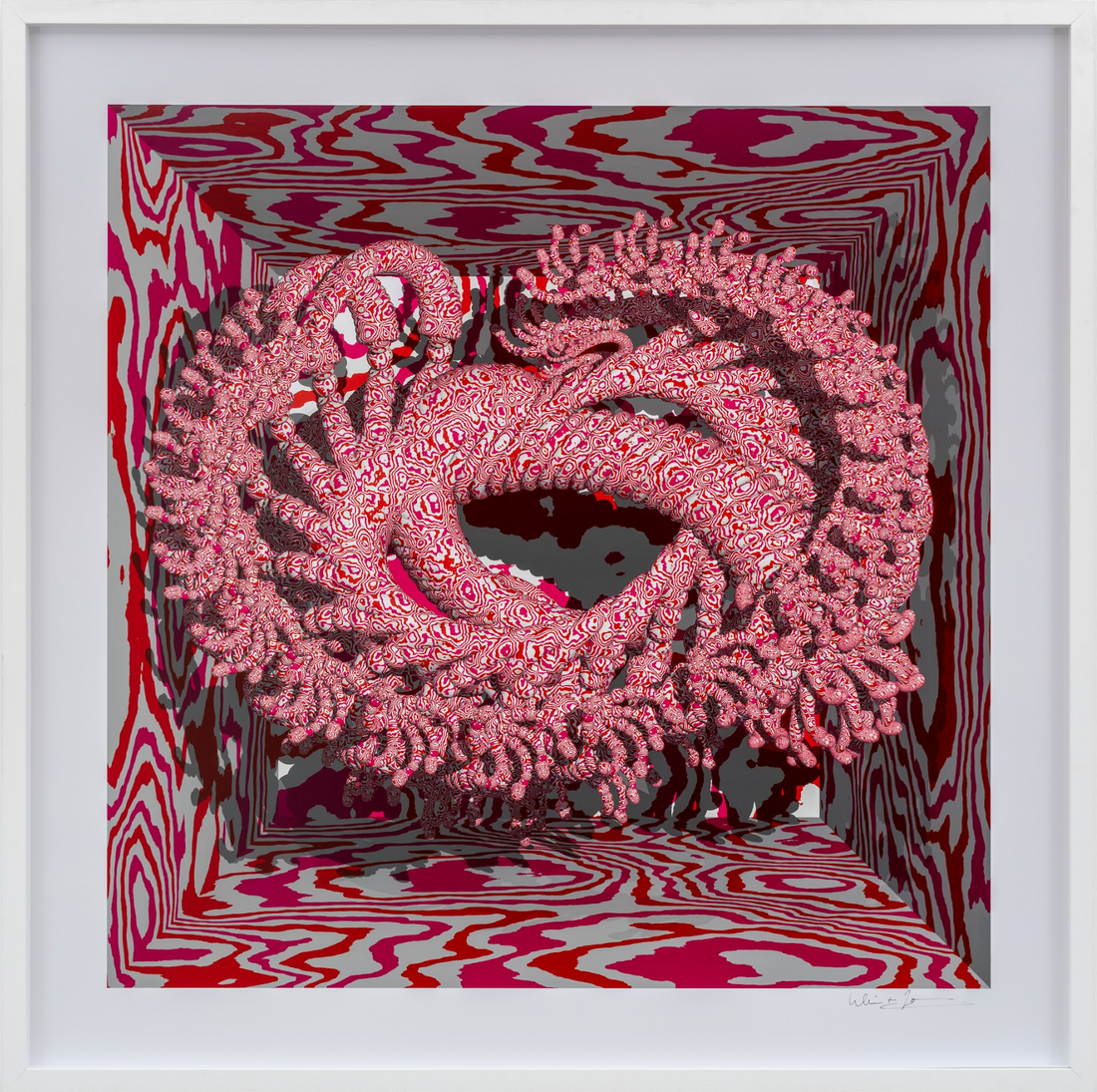 Mutator1. Zapx6red-13 (also known as The Second Listening Room)
Mutator1. Zapx6red-13 (also known as The Second Listening Room)
1990-2023
Print on high grade paper and original digital file
- Regular price
-
- Sale price
-
$17,000.00


